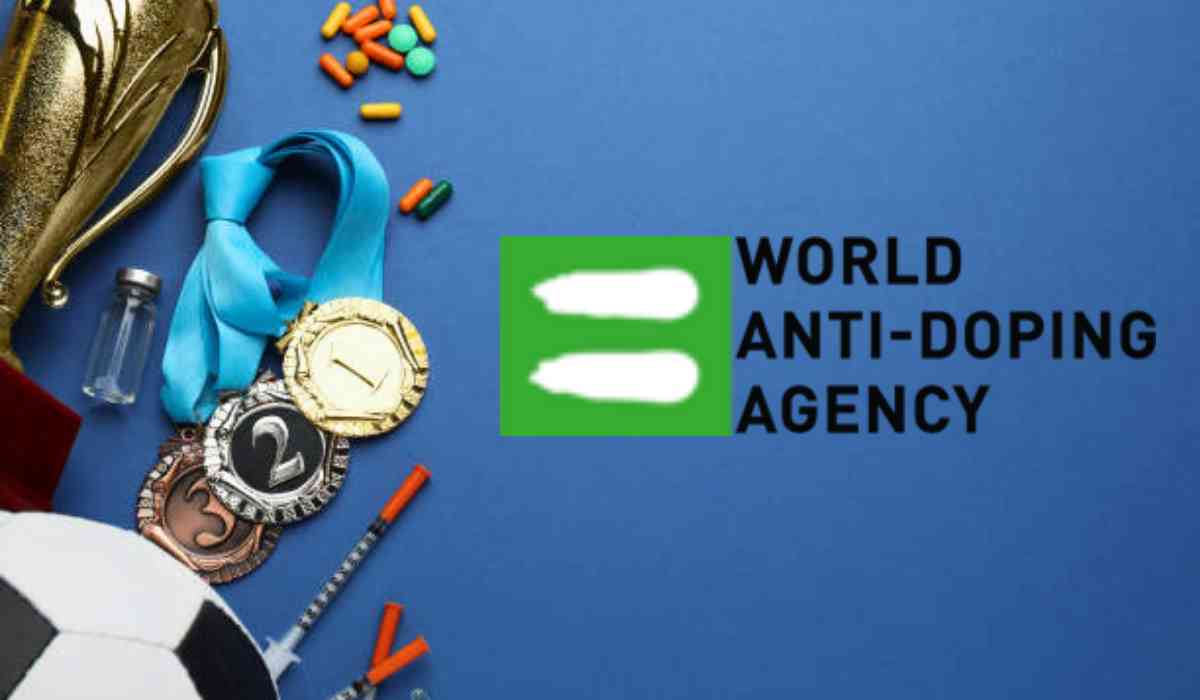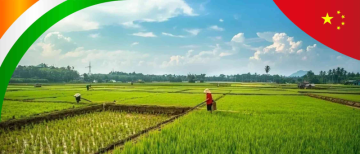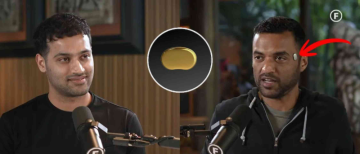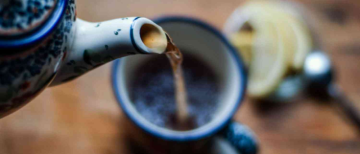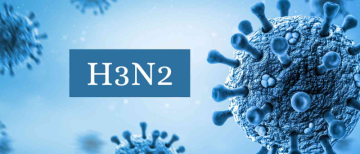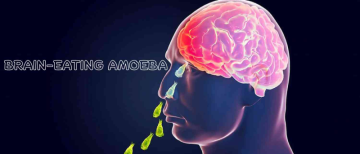India was identified as the second-worst country in a 10-year global study on positive doping cases by minors conducted by the World Anti-Doping Agency (WADA). According to the report released on January 24 as part of 'Operation Refuge,' which analyzed doping cases among minors in sports, Russia ranked first, followed by India and China.
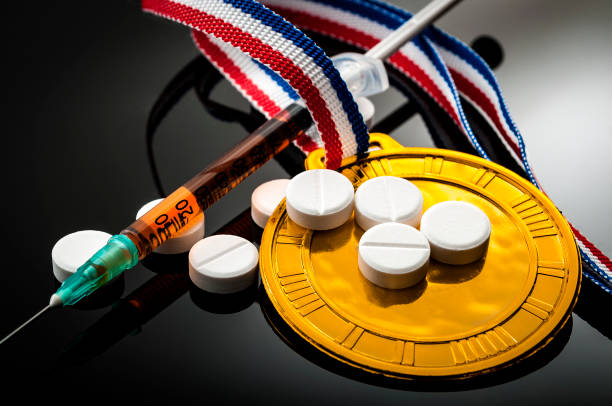
Insights from the 10-Year Study
Locations and Substances frequently found
According to the report, the countries that reported the most positive tests against minors and the ensuing sanctions were China, Russia, and India. Furosemide, Nandrolone (or its precursors), and Clenbuterol were the most often found illegal substances among minors in these countries, with the substances that led to the most sanctions being Furosemide, Stanozolol, and Clenbuterol.
The most commonly found substances in the 1,518 Adverse Analytical Findings (Positive Tests) against 1,416 minors reported since 2012 were stimulants, anabolic steroids, and diuretics. Furosemide and Metandienone were identified as the substances most often resulting in doping violations and sanctions.
Worldwide patterns of youth doping
The report also stated that 12-year-olds were the youngest minors to receive sanctions for doping violations. WADA received 58 confidential reports between 2018 and 2023 through its 'Speak Up' platform; these reports mostly came from Russia and India.
In the world, aquatics and athletics received the most media attention.
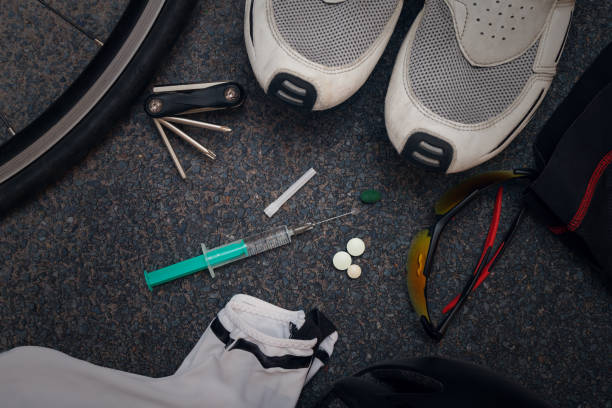
Operation Refuge: A Critical Issue in Focus
Early in 2021, WADA's Confidential Information Unit (CIU) observed an increase in minors—including pre-teen athletes—disclosing doping activity in a confidential manner. 'Operation Refuge' resulted from this, looking into the doping activities of minors in order to find patterns of offending, weaknesses in governance, and tactics. Six major themes emerged from first-hand testimonies of minors and their families: trauma, abandonment, ignorance, impact, isolation, and pressure. Information from academic studies, data analysis, human intelligence, and the anti-doping community is detailed in the report.
Call to Action
WADA president Witold Banka expressed hope that the findings and firsthand accounts from minors and their support networks would urge the anti-doping community to better protect youth in such situations. He emphasized the need for collaborative coordination within the anti-doping community and outlined immediate actions for Anti-Doping Organisations and governments to implement specific policies or practices for dealing with minors. The report concluded by highlighting WADA's ongoing internal review of the issue and encouraging stakeholders to submit suggestions for improvement as part of the Agency’s 2027 World Anti-Doping Code and International Standards Update process.
ⒸCopyright 2024. All Rights Reserved Powered by Vygr Media.

